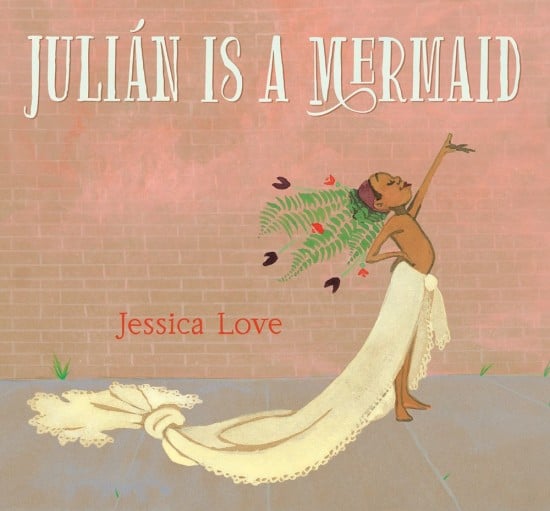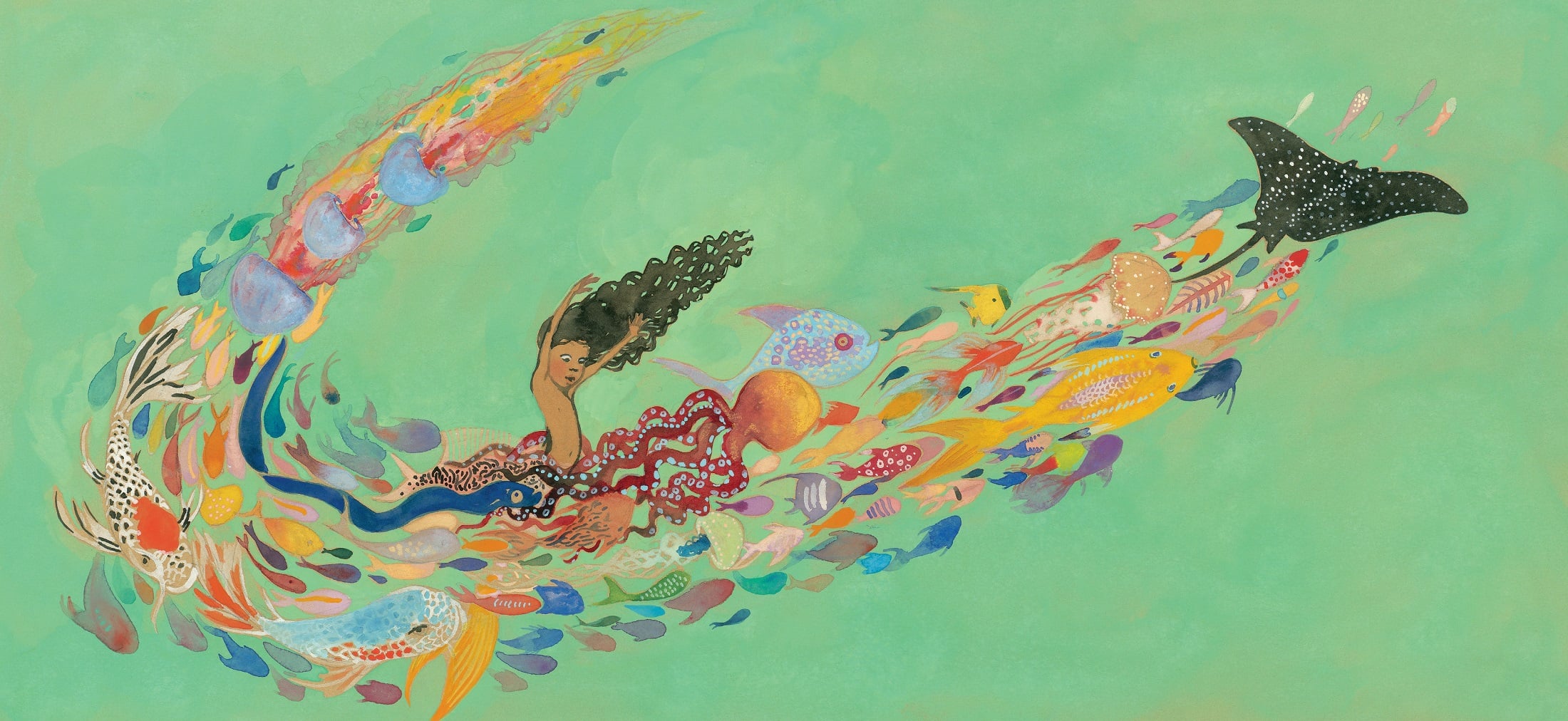“Picture books are our very first stories. They are the foundation we lay for how to make sense out of the world. And it is essential to build into that foundation a curiosity about, and compassion for, the breadth of human experience…”

First of all, congratulations on being shortlisted for the Waterstone’s Children’s Book Prize 2019! How does it feel?
Thank you! It feels completely surreal.
Without giving too much away, can you tell us a bit more about Julian is a Mermaid?
It’s a story about a little boy who lives with his Abuela in Brooklyn, and he loves mermaids. LOVES them. And his grandmother loves him. And sees him. And has his back.
I love the relationship between Julian and his Nana – it very much reminded me on my own Nan and her love and acceptance when I came out to her. Was their relationship inspired at all by your relationship with your grandmother?
In some ways it was. I was very close with my grandmother, she died just before the book was published. I think sometimes there is a telescoping that can happen between generations, and that distance can allow for clearer-seeing. It was inspired by my own relationship with my grandmother, but it was inspired by a lot of other grandmothers I’ve known too. My grandmother adored me utterly. And she took zero shit. So the Nana in Julián definitely has some of her spirit.
The artwork in the book is so radiant and dazzling – what illustrators or artists have inspired you?
Thank you! Oh god so many! For their line work: Lizbeth Zwerger, Edmund Dulac, Hilary Knight, Aubrey Beardsley, Toulouse Lautrec. For color: Van Gogh. Van Gogh forever!
I adore this illustration. Could you tell us a little bit more about it – your choices in layout, framing, colour, positioning and what you were trying to achieve?

Thank you! This sequence was always the heart of the story. Because I made this book for pleasure on my own, without really expecting it to be published, I had a lot of time for research and development. I spent hours at the New York Picture Collection (a resource that’s part of the New York Public Library) sorting through images of art nouveau jewelry, furniture, prints, advertisements…I’ve always loved the sort of breathless quality of line in the art nouveau style. I wanted this frame to feel ecstatic–I wanted it to be beautiful, ravishing, extravagant–because that is what our fantasies look like and feel like. I wanted to show the depth and breadth of this character’s inner life.
What are your feelings about the Reflecting Realities report carried out last year by CLPE, which found that only 4% of children’s books published in 2017 featured BAME characters? Were you surprised by the findings? What can publishers do to address this?
I hadn’t seen that report, but that’s a very low percentage. I’m assuming that is specifically in the UK? We are having similar conversations here in the US, and our conversation includes a push to get more authors of color published. While over here we publish a larger number of books featuring characters of color, I think only something like 7% of the authors are authors of color.
I was saddened to read that there has been ‘a spate of attempts around the world to remove titles depicting gay or transgender characters from library shelves’ (The Guardian, January 2019). Why do you think children’s books that explore the lives of gay and transgender characters so important?
Oh god, people. We have such a talent, as a species, for being awful to each other. I think these books are important because it is at that age that we internalize the basics of how to treat people. Picture books are our very first stories. They are the foundation we lay for how to make sense out of the world. And it is essential to build into that foundation a curiosity about, and compassion for, the breadth of human experience. That is the only chance we have of consciously, deliberately evolving past this brutal stage of our development we seem so persistently stuck on.
What is the main message you’d like readers to take from Julian is a Mermaid?
I don’t have a message. But I do hope it gives readers a feeling of beauty, and of love.
Can you tell us about what you’re currently working on and what we can expect from you next?
I currently have three books in the works. I can’t say too much about them, but the next one will be one I write and illustrate. And there will be trees.
Finally, can you describe Julian is a Mermaid in three words?
Nana loves Julian.

